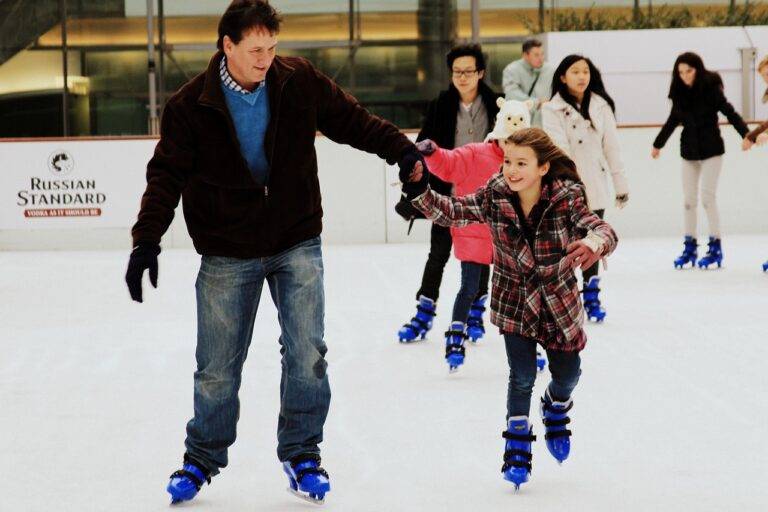The Psychology of Fashion Trends: Understanding the Desire for Novelty and Conformity
Social media platforms have undeniably transformed the way people engage with fashion and make their style choices. With the rise of influencers and fashion bloggers, social media has become a powerful tool for shaping trends and influencing consumer preferences. The easy accessibility of fashion inspiration on platforms like Instagram and Pinterest has enabled users to stay updated on the latest styles and continuously evolve their personal aesthetic.
Moreover, social media has democratized the fashion industry by providing a platform for individuals to showcase their unique style and creativity. Through user-generated content and peer-to-peer recommendations, social media has empowered a diverse range of voices to contribute to the fashion conversation. This diverse representation has helped challenge traditional beauty standards and promote inclusivity within the fashion community, allowing for a more authentic and relatable portrayal of style.
Cognitive Bias and its Impact on Fashion Trends
In the realm of fashion trends, cognitive biases play a significant role in shaping individuals’ choices and preferences. These biases are inherent mental shortcuts our brains take to simplify decision-making processes. One common bias is the availability heuristic, where people tend to rely on readily available information when making judgments.
Fashion trends are often influenced by cognitive biases such as confirmation bias, which leads individuals to seek out information that conforms to their preexisting beliefs. This bias can contribute to the perpetuation of certain trends as people tend to ignore conflicting opinions or evidence. By understanding how cognitive biases impact fashion choices, we can gain insight into the underlying factors driving the trends we see in the industry.
What is cognitive bias?
Cognitive bias refers to the systematic patterns of deviation from norm or rationality in judgment, whereby influences of thoughts and decision-making can lead to errors in perception.
How does cognitive bias impact fashion trends?
Cognitive bias can impact fashion trends by influencing individuals to make decisions based on subjective feelings rather than objective facts, leading to the popularity of certain styles or brands.
How does social media play a role in shaping fashion choices?
Social media plays a significant role in shaping fashion choices by providing a platform for individuals to showcase their personal style, influencing others to emulate and adopt similar trends.
Can cognitive bias be detrimental to individual fashion choices?
Yes, cognitive bias can be detrimental to individual fashion choices as it may lead to following trends blindly without considering personal preferences or suitability, resulting in fashion faux pas.
How can individuals avoid falling prey to cognitive bias in fashion?
Individuals can avoid falling prey to cognitive bias in fashion by being mindful of their decision-making processes, considering their own preferences and values, and not solely relying on external influences such as social media trends.





